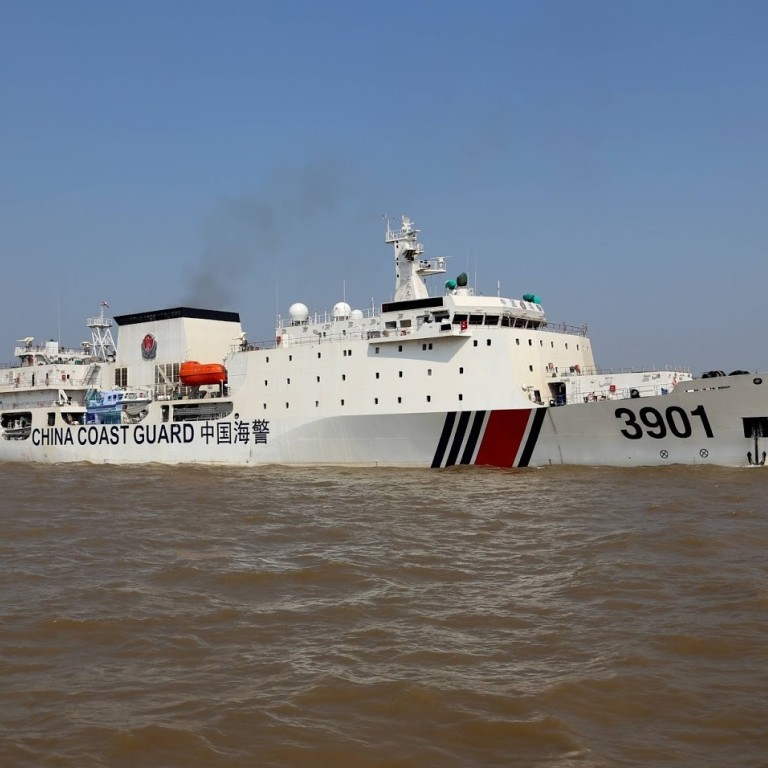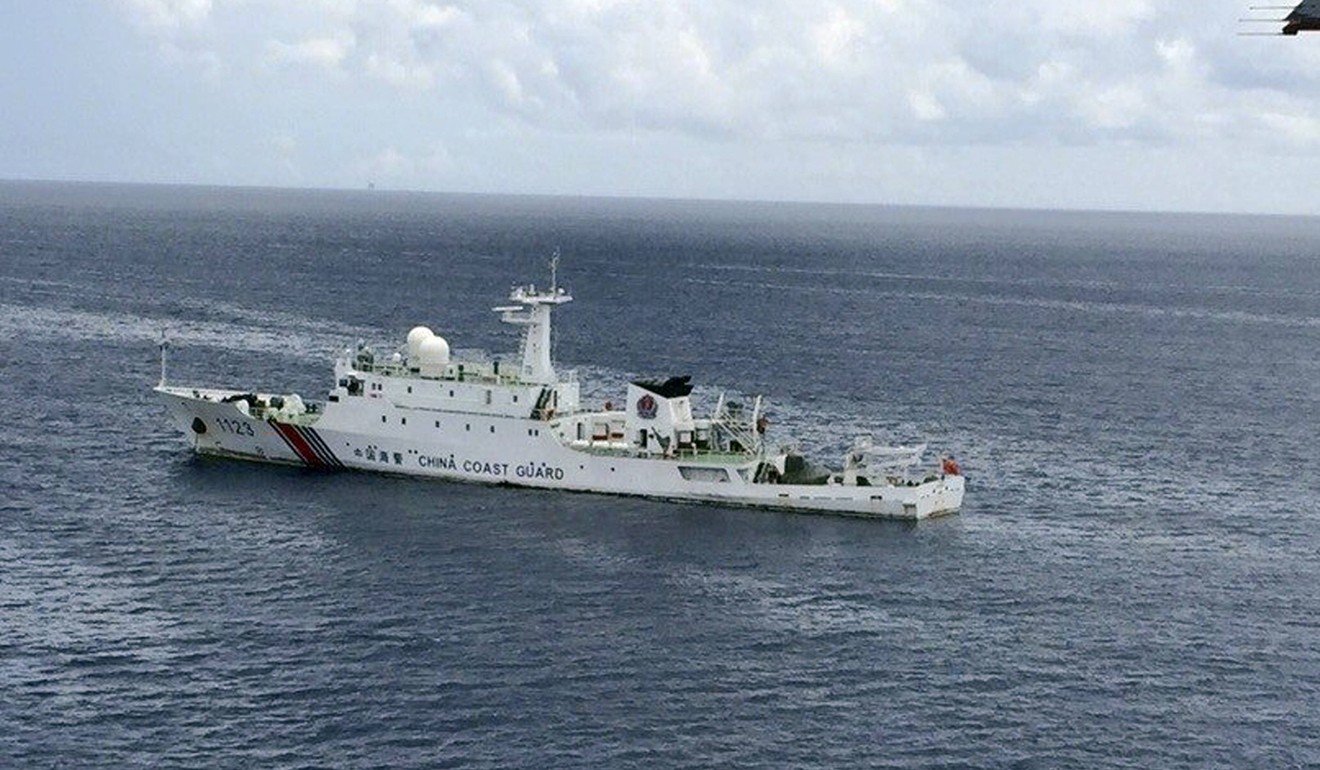
China maintains pressure on Vietnam at Vanguard Bank
- Beijing keen to establish its rights to sea’s rich resources before completion of a code of conduct for the disputed waters, observer says
- Presence of world’s largest coastguard vessel no coincidence if dispute escalates to ships ramming one another
China’s deployment of coastguard vessels and survey ships at Vanguard Bank is intended to prevent Vietnam from advancing its interests in the region before a deal is reached on a code of conduct for the South China Sea, an observer has said.
Hu Bo, director of the South China Sea Strategic Situation Probing Initiative, said that as negotiations on the code continued, the parties involved were taking “radical” steps to advance their claims to the oil and gas reserves in the area so as to establish a status quo for when a deal is reached, which Beijing hopes will be by 2021.
“China’s purpose [of sending the Haiyang Dizhi 8] was to prevent Vietnam’s unilateral development of the hydrocarbon resource,” he said.
He was referring to the Chinese ship that entered the oil and gas-rich area – accompanied by a number of coastguard vessels – on July 3 to conduct seismic research. The manoeuvre sparked a response from Vietnam, which sent its own vessels to the scene.

Ryan Martinson, an assistant professor at the US Naval War College in Newport, in the US state of Rhode Island, said in a tweet on Thursday that according to the latest tracking data, the Haiyang Dizhi 8 (Marine Geology 8) was still operating near the Vanguard Reef, which is controlled by Vietnam but claimed by China.
Beijing has used its coastguard vessels extensively in the disputed South and East China seas as a way to boost its sovereignty claims without having to involve its military.
China and Vietnam tread softly in latest dispute
Among the ships involved in the current manoeuvrings around Vanguard Reef is the Haijing 3901, a 12,000-tonne cutter that is one of the largest coastguard vessels in the world.
Dubbed “the monster”, the 3901 is equipped with a 76mm (three-inch) rapid fire gun, two auxiliary guns and two anti-aircraft machine guns. It also carries a helicopter and has a top speed of 25 knots.
Its biggest value in the current dispute is its sheer size. In maritime confrontations, ramming is a tactic often used by coastguard vessels and bigger is always better.

In May, Beijing sent its coastguard vessel Siming close to the Luconia Shoals off the Malaysian coast in an attempt to disrupt the operations of the Southeast Asian nation’s Sapura Esperanza drilling rig.
The 1,500-tonne ship is fitted with a 76mm rapid fire gun, two 30mm guns, two water cannons and two motorboats.
China’s coastguard underwent a major restructuring in 2013 when it absorbed the country’s marine surveillance authority and fisheries administration. In the years that followed it boosted its fleet significantly, including adopting retired naval ships, and in 2018 its management passed from the State Oceanic Administration to the People’s Armed Police, which is under the direct command of the military.

